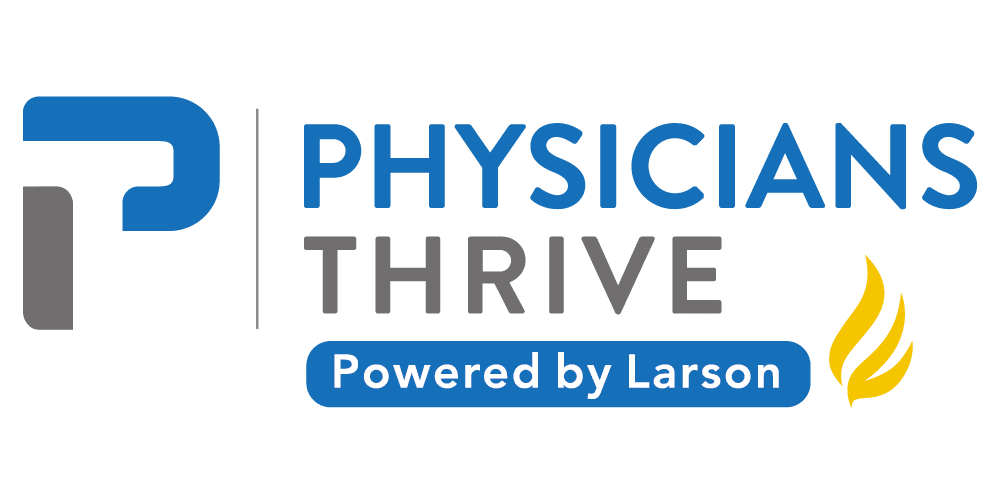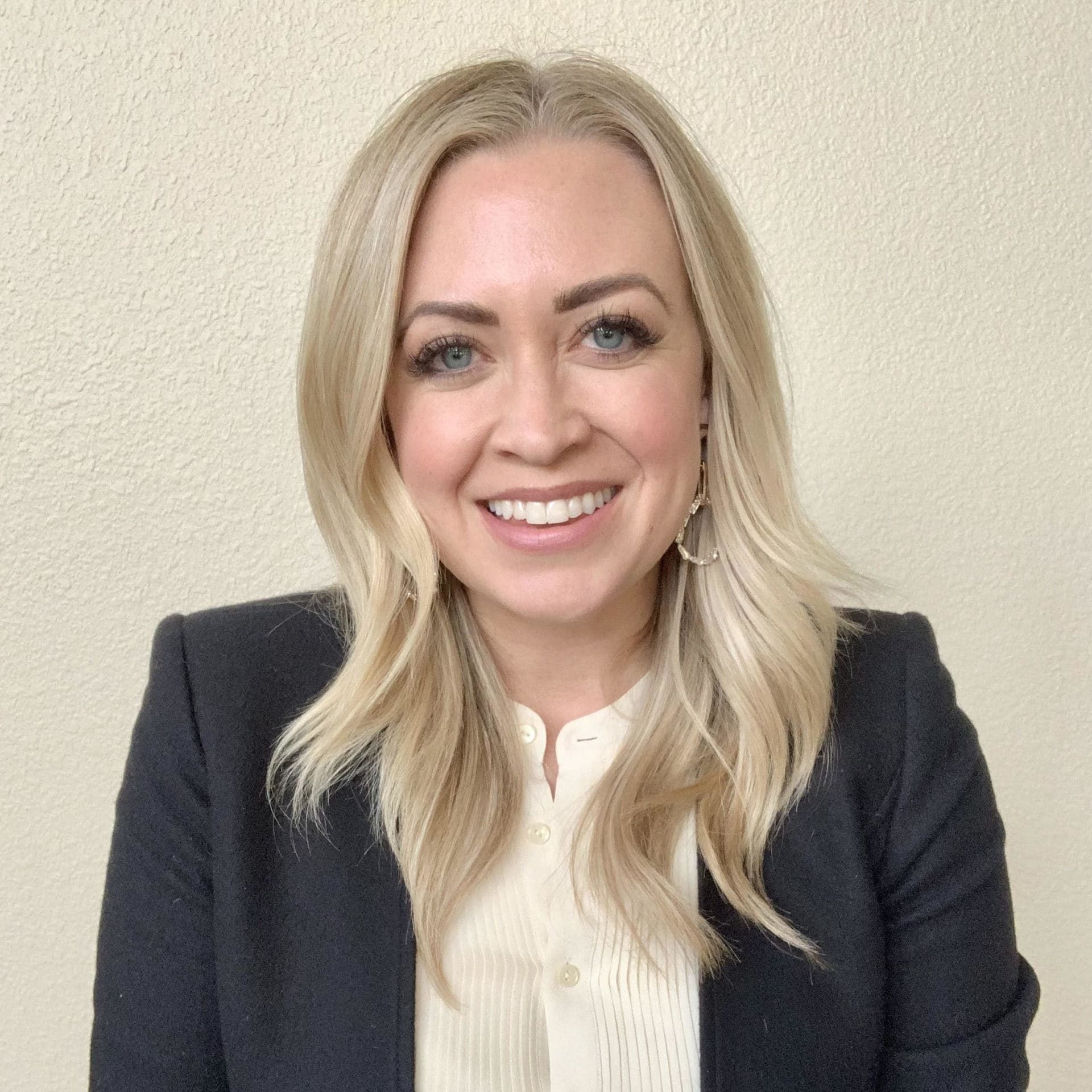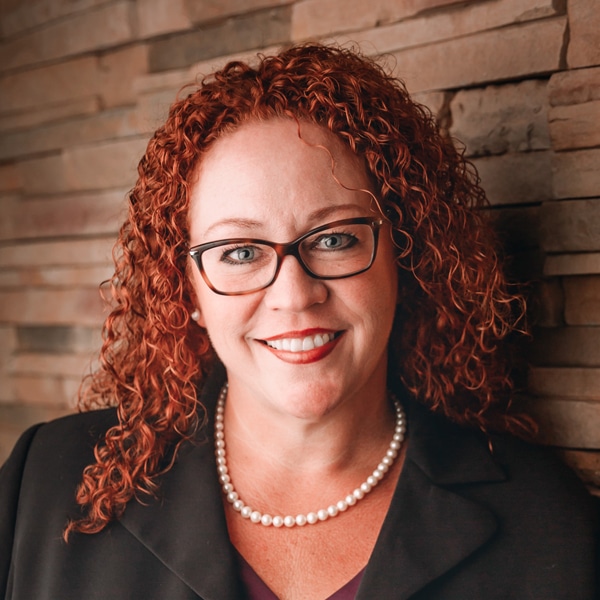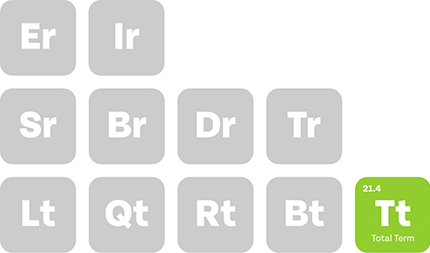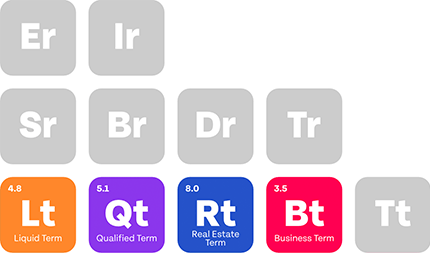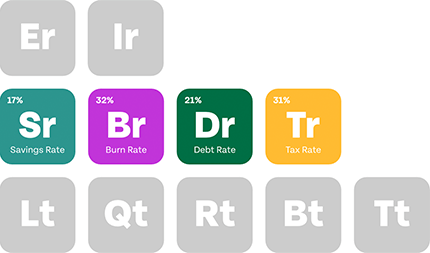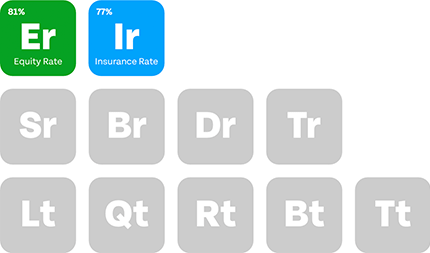Investing in real estate can be lucrative for medical professionals looking to diversify their income streams and build wealth.
However, the traditional requirement of a 20% down payment can be a hurdle for some, particularly those managing student loans or planning retirement.
This article highlights how to avoid the 20% down payment on investment property through financing strategies like cash-out refinance, home equity line of credit (HELOC), and alternative loans and lines of credit.
Key Takeaways
- Real estate investing offers physicians income diversification and wealth-building opportunities.
- Strategies like seller financing, HELOCs, and FHA loans reduce upfront costs.
- House hacking and partnerships minimize financial risks and lower down payment needs.
- Creative options like cross-collateralization or lease options expand property financing possibilities.
Table of Contents
Breaking Down the 20% Down Payment
The minimum down payment for an investment property ranges from 15% to 25% of the purchase price.
The down payment amount can vary based on several factors, including:
- Debt-to-Income Ratio (DTI): A lower DTI can lead to more favorable lending terms.
- Credit Score: Higher credit scores often qualify for lower down payment options.
- Loan Type: Government-backed loans have lower down payments than conventional investment property loans.
- Property Type: A multi-family property will have different requirements than a single-family home.
Down payments reduce the lender’s risk and can lead to better loan terms, including lower interest rates, though many real estate investors find this requirement prohibitive.
Strategies to Avoid the 20% Down Payment
While conventional wisdom suggests that a significant down payment is necessary, the financing options below can help you acquire investment properties with a much lower upfront cost:
1. Seller Financing
In seller financing arrangements, the seller serves as the lender and allows you to make monthly payments directly to them instead of through a bank.
Not only does this option bypass traditional lending requirements but also allows for negotiation of terms, including down payment, directly with the seller.
We’d recommend this option in competitive markets where sellers may prefer quick transactions over lengthy bank processes.
Just make sure you have a clear agreement outlining payment terms, interest rates, and consequences of default.
2. Home Equity
If you already own a home, consider tapping into your home equity to finance the down payment on the investment property.
It’s a great way to leverage your existing assets.
The two main ways you can do this are:
- Home Equity Line of Credit (HELOC): This allows you to borrow against the equity in your home at relatively low interest rates. You can use these funds as a down payment on your investment property.
- Cash-Out Refinancing: You can refinance your existing mortgage and take out additional cash based on your home’s equity. This provides access to funds without needing to liquidate other investments.
The interest rates on home equity loans are typically lower than those for other types of financing such as personal loans, but there are a couple of downsides to consider:
- Increasing your mortgage debt by taking out a HELOC or refinancing comes with associated costs such as closing fees and interesting charges.
- If the real estate market experiences a downturn, you may run the risk of owing more on your property than it’s worth.
3. FHA and VA Loans
For eligible medical professionals, FHA (Federal Housing Administration) loans allow as little as 3.5% down for primary residences, which can include multi-family homes where you occupy one unit.
This is an excellent option if you’re just starting and need to keep your initial investment low.
It’s also beneficial if you plan to live in one part of the property while renting out other parts.
To qualify for an FHA-insured loan with a 3.5% down payment, you need a minimum credit score of 580.
If your credit score is below 580, the down payment will be 10%
As for VA (Veterans Affairs) loans, which are specifically for veterans and active-duty military personnel, these offer 0% down payment options if you meet the criteria.
4. House Hacking
House hacking involves purchasing a multi-family property, living in one unit, and renting the rest.
This strategy not only minimizes your living expenses and generates passive income but also qualifies you for lower down payment loans available for owner-occupied properties, which often require low down payments (e.g., 3% with Fannie Mae).
Here’s how it works:
- Step 1: Purchase a duplex or triplex using an FHA loan.
- Step 2: Live in one unit while renting out the others.
- Step 3: Use the rental income to cover mortgage payments.
5. Portfolio and Hard Money Lenders
Portfolio lenders are financial institutions that keep loans on their books rather than selling them on the secondary market.
They have more flexible underwriting standards and may allow lower down payments than conventional lenders.
The upside of opting for a portfolio lender is personalized service and tailored investment property loan products that fit your specific financial situation.
The downside is limited availability compared to traditional lenders.
Another option is hard money lenders. While typically associated with higher interest rates, they focus on the property’s value rather than your creditworthiness.
This can be beneficial if you’re looking for quick investment property financing without stringent credit requirements.
Attending real estate networking events and building relationships with local investors can help you connect with potential private lenders willing to finance your investment.
6. Partnerships
Forming partnerships with other investors can spread out the financial responsibility, as you’ll be pooling resources with your colleagues or friends who share an interest in real estate investing.
In this scenario, each partner contributes towards the down payment and shares profits based on agreed-upon terms.
The most important consideration here is to clearly define roles, responsibilities, and exit strategies in writing to avoid conflicts later on.
7. Lease Options
A lease option allows you to lease rental properties with the option to purchase them later.
Part of your rent may go towards the purchase price, effectively reducing your future down payment requirement.
We’d recommend this strategy if you need time to improve your credit score or save additional funds before you buy a rental property for investment purposes.
8. Cross-Collateralization
If you already own a property that’s collateral for an initial loan, you can use it as collateral to secure financing for a new investment.
This helps you avoid large cash outlays while expanding your real estate portfolio.
However, we must emphasize that this is a risky strategy.
If you, the debtor, can’t make either loan’s repayments on time, the affected lenders can eventually force asset liquidation and use the proceeds for payment.
With that in mind, make sure you’re 100% comfortable with the risk involved because if one property fails financially, it could impact your other assets.
Don’t Let Down Payments Hold You Back
From seller financing and home equity to portfolio lenders and partnerships, there are several ways to bypass the traditional 20% down payment and start building your portfolio as a real estate investor.
Each approach has its nuances, so make sure to do your research before committing to any of them.
As you explore these strategies, keep an eye on trends in property values, rental rates, and neighborhood demographics.
For expert guidance tailored to medical professionals, contact Physicians Thrive to speak with one of our financial advisors who can help you seize real estate investment opportunities with precision and insight.
Also Read: Real Estate Loopholes for Doctors Involved in Real Estate Investing

